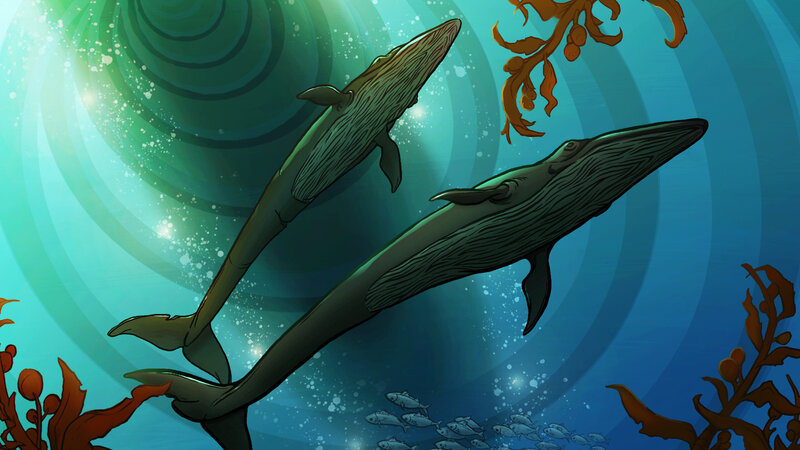https://www.npr.org/2023/11/16/ [login to see] /only-51-of-these-u-s-whales-remain-little-has-been-done-to-prevent-their-extinct
Even before they saw one of the rarest mammals in the Gulf of Mexico, the two amateur fishermen were already feeling lucky. They had motored to their favorite spot 35 miles off the coast of Pensacola, Fla., downed a couple Miller Lites, and caught their third mahi mahi when they heard the sound of air escaping a blowhole.
"Then you start looking," said Ben Renfroe, who grabbed his phone to film it. "Is that a dolphin or a whale?"
But dolphins in the Gulf don't grow bigger than motorboats, and the dark figure Renfroe spotted just before it sank back into the water looked much larger than his 26-foot craft. Seconds later, the animal appeared above the horizon again, first showing off a small dorsal fin, then gliding its trunk over the waves like a surfacing submarine.
Back on shore, experts reviewed the video and agreed: It was almost certainly a Rice's whale, one of the most endangered whales in the world. Authorities estimate only around 51 of the animals remain – and they don't live anywhere but the Gulf. To avoid extinction, the U.S. government has estimated that no more than one can be killed or seriously injured by human activity every 15 years.
Which activities threaten the whales the most is not a mystery. The National Oceanic and Atmospheric Administration, or NOAA, has cited more than 20 risks, including energy exploration in the Gulf, vessel strikes and underwater noise. But although the agency has produced helpful science about the whales, NOAA has repeatedly delayed following rules and adopting measures that could help the whales survive those man-made threats.
"The bureaucratic apparatus is slow to catch up," said Aaron Rice, an ecologist who studies the whales but is not related to scientist Dale Rice, for whom they are named. "It raises this philosophical question of values, like, how much do we value these animals that live in U.S. waters?"



 Wildlife
Wildlife Pensacola
Pensacola Science
Science Values
Values


